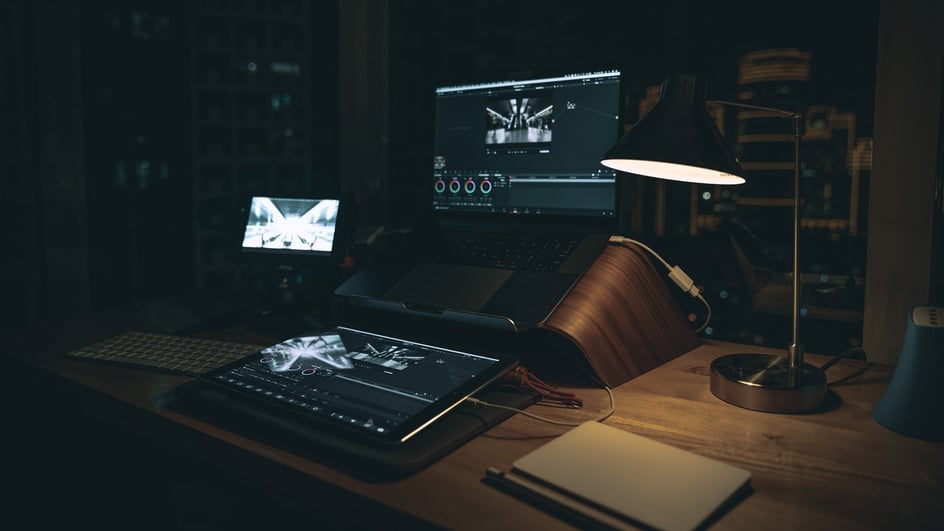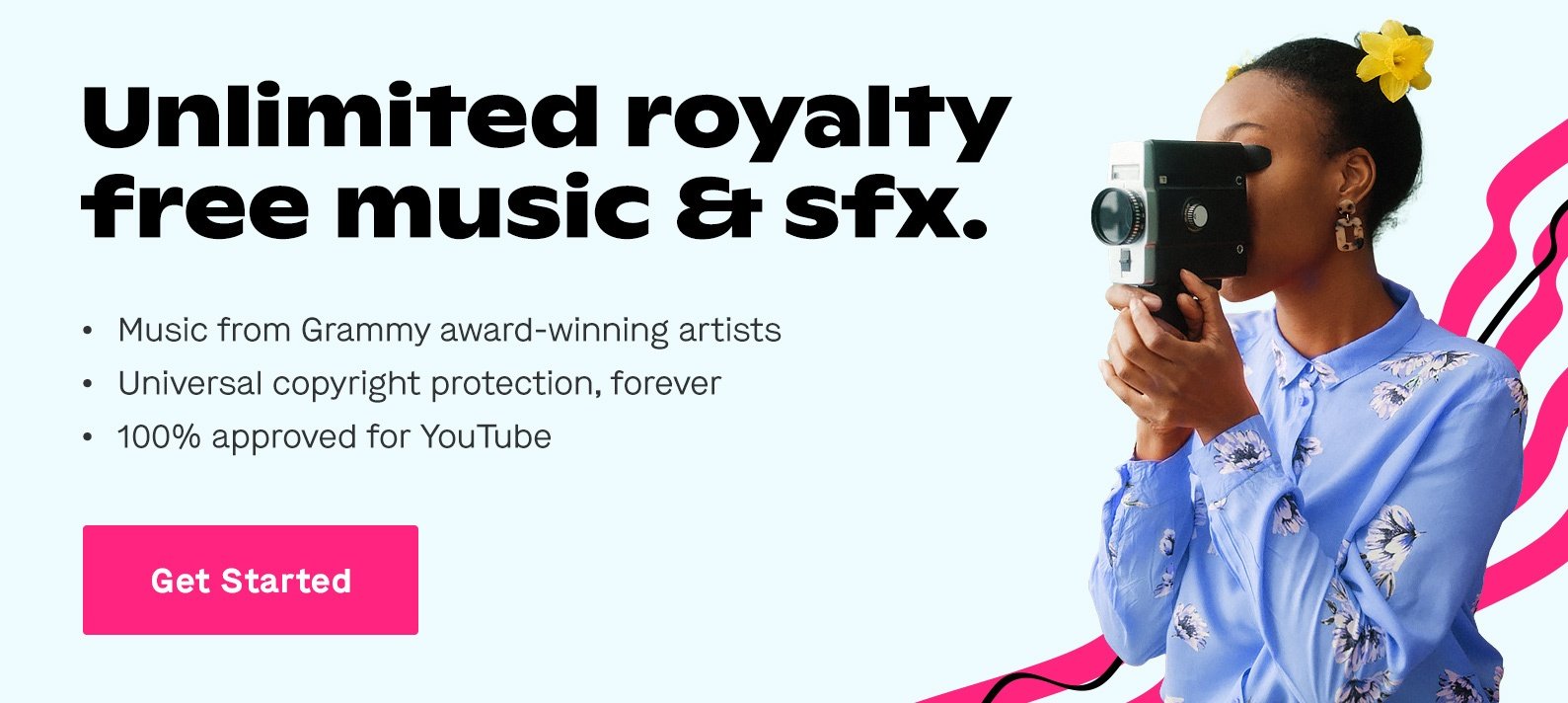
Sep 22, 2020
As creatives, all of us are looking for tools that can make our job simpler. Not “easier,” mind you — easy art is pretty much never meaningful art. But just like with a storyboard template or a shot list template, any resource that can save you time or busywork can be a lifesaver.
LUTs are one of those tools. LUTs (or “lookup tables”) can be a powerful tool for filmmakers and YouTubers. They’re an easy way to create a consistent look or feel for your project. And if you use LUTs correctly, they’ll save you a whole lot of time and frustration when it comes to coloring.
(Because let’s be real: Not everyone loves the color grading process.)
But LUTs can be nuanced tools. When is the right time to use them? And where do you find LUTs anyway? How can you possibly determine if LUTs can improve your content creation process, or even the final product itself?
These are pretty common questions for content creators to ask. Fortunately, this guide to LUTs will give you the info you need to find the right answers.
What Is A Lookup Table?
First things first: What exactly is a LUT?
Think of it like an RGB value or a hex color code. A lookup table is a collection of preset color values that you can apply to video footage, which means you won’t have to manually color every clip to match your vision for the project.
It’s pretty reductive to think of them like an Instagram filter, but if you must have a simple metaphor… Yeah, it’s kind of like a filter.
You can use LUTs in whatever editing software you prefer, whether that’s Premiere Pro, Final Cut, or DaVinci Resolve. And that level of accessibility makes them easy resources to incorporate into your workflow.
The benefit of using LUTs is obvious. Color grading takes a long time, which is why most big projects hire dedicated colorists.
If you are a YouTuber, indie filmmaker, travel documentarian, or any other sort of content creator, you probably don’t have the resources to bring on someone specifically for coloring your video. And you may not be able to personally edit the footage to get the exact look or feel you want.
LUTs can do that heavy lifting for you. And that means you’ll be able to apply that time and creative energy to focus on the parts of video production you really love.
How Do LUTs Actually Work?
It all depends on what sort of look you want. Because no matter what look you’re trying to recreate, the actual process of how lookup tables work varies based on the table you use. Each LUT uses a different set of numbers to change the coloring.
Maybe you want a simple black-and-white style, or a 35mm look to really pull off an old-school cinema vibe. You can also find dedicated LUTs that imitate the visual styles of certain directors or specific films, giving you an opportunity to explore new looks.
If you want to get the most out of LUTs, make sure the exposure and coloring are fairly consistent across the project. (And yes, that might mean you’ll need to do some coloring yourself before applying a LUT.) That’s the only way to make sure the LUT creates a universal effect across multiple cuts, rather than looking a little different in each clip.
Actually, it might be easier to show you how this works. And since everyone loves a good explainer video (and a good cat video), this clip should break LUTs down nicely:
You need to make sure that any LUT you use matches the camera you use. Even if you find a fantastic LUT that absolutely nails that cinematic SciFi look you’re after, if it doesn’t work with your camera, the results could be… Well, “wonky” is a nice word for it.
And if you know you want to try using LUTs for your next video, make sure you use a Log shooting profile. That will keep a good dynamic range, which means you’ll be able to apply a LUT without degrading the visual quality or depth.
After all, what's the point of having awesome coloring if the image quality turns to crap?
Will LUTs Solve All MY Problems?
No, LUTs will not solve all of your problems.
There are a lot of misconceptions about what LUTs do. Many YouTubers have this idea that a good LUT is like a fairy godmother — sprinkle a little bit of pixie dust on your project and suddenly you’ve got a beautiful, cinematic masterpiece that will pull in 1 million views overnight.
LUTs won’t save bad footage or fix exposure issues. And they aren’t a crutch that lazy filmmakers can use to produce videos that would take another person an entire week to make.
The reality is that a big part of the final product depends on you. LUTs can definitely help you capture a certain look or smooth out some rough edges, but they’re still just a preset table of color values.
At the end of the day, lookup tables can enhance an image, but that image will only be as good as the footage you had to begin with.
Where Can I Find LUTs?
A lot of YouTubers share the LUTs they use, whether they are custom-made or downloaded from other sources. And while you can find a lot of free LUTs to use, most of these YouTuber-provided options will cost you...especially if they’re bundled into a pack.
If the thought of spending money on a coloring tool bothers you, then don’t do it. But it helps to remember that a LUT isn’t as simple as an Instagram filter. Each one is a handmade tool, and it’s up to the creator on how to distribute them.
And if you want your videos to look like they came from Peter McKinnon or Matti Haapoja, you’ve got two choices: Spend hours experimenting on your own, or toss some money to your favorite Youtubers and get access to their custom LUTs. Consider it an investment in growing your YouTube channel.
Of course, the best way to see exactly how they can affect your videos is to find a few LUTs and start experimenting. Like any other filmmaking technique experience tends to be the best teacher.
